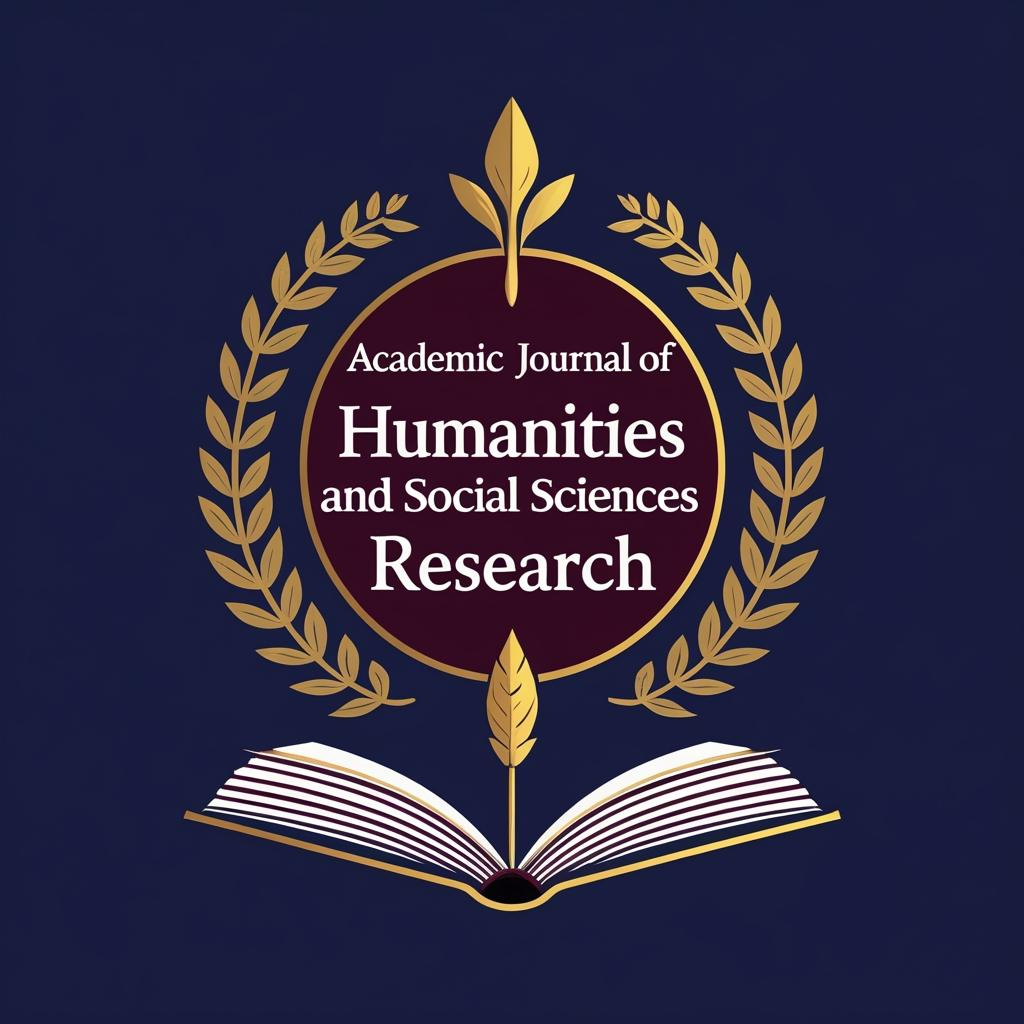Influence of Organizational Structure on the Performance of Paint Manufacturing Firms in Kenya
Keywords:
Organizational, Structure, Performance, Paint Manufacturing FirmsAbstract
The purpose of this study was to examine the influence of organizational structure on the performance of paint manufacturing firms in Kenya. The study adopted a correlational research design to establish the relationship between structural dimensions and firm outcomes. The target population consisted of 26 paint manufacturing companies registered with the Paint Manufacturers Association of Kenya, with 156 employees forming the unit of observation. A sample of 113 respondents was derived using stratified random sampling based on the Taro Yamane formula. Primary data were collected using structured questionnaires administered physically and online over a two-week period. Data analysis involved both descriptive statistics (means and standard deviations) and inferential analysis using binary logistic regression at a significance level of 0.05. The findings indicated that organizational structure had a significant effect on firm performance. Specifically, companies with flat organizational structures were 85 times more likely to report improved performance compared to those with tall or highly hierarchical structures. The results highlighted the advantages of decentralized decision-making, broader spans of control, and streamlined communication channels in enhancing operational efficiency and responsiveness within the industry. The study concludes that flat organizational structures foster better performance outcomes among paint manufacturing companies by enabling faster decision-making, reducing bureaucracy, and improving coordination across departments. It recommends that firms adopt structures with clearer spans of control, open lines of communication, and mechanisms for quick feedback to boost competitiveness. Finally, the study suggests that managers consider flatter organizational designs as a strategic option for sustaining performance in an increasingly dynamic market environment.
Citation: Karani, M. W., Munga, J., & Mbithi, M. (2025). Influence of Organizational Structure on the Performance of Paint Manufacturing Firms in Kenya. Academic Journal of Humanities and Social Sciences Research, 2(1). https://doi.org/10.5281/zenodo.17255968
References
Abedin, B. (2022). Managing the tension between opposing effects of explainability of artificial intelligence: A contingency theory perspective. Internet Research, 32(2), 425–453. https://doi.org/10.1108/INTR-05-2020-0300
Akpa, V., Asikhia, O., & Nneji, N. (2021). Organizational culture and organizational performance: A review of literature. International Journal of Advances in Engineering and Management, 3(1), 361–372. https://www.researchgate.net/profile/Professor-Asikhia/publication/356105838_Organizational_Culture_and_Organizational_Performance_A_Review_of_Literature/links/618bed3907be5f31b762d272/Organizational-Culture-and-Organizational-Performance-A-Review-of-Literature.pdf
Ambos, B., Brandl, K., Perri, A., Scalera, V., & Van Assche, A. (2021). The nature of innovation in global value chains. Journal of World Business, 56(4), 101221. https://doi.org/10.1016/j.jwb.2021.101221
Anwar, G., & Abdullah, N. (2021). The impact of Human resource management practice on Organizational performance. International Journal of Engineering, Business and Management, 5(1), 35–47. https://doi.org/10.22161/ijebm.5.1.4
Chatterjee, S., Chaudhuri, R., & Vrontis, D. (2022a). Does remote work flexibility enhance organization performance? Moderating role of organization policy and top management support. Journal of Business Research, 139(5), 1501–1512. https://doi.org/10.1016/j.jbusres.2021.10.069
Childs, M., Turner, T., Sneed, C., & Berry, A. (2022). A Contingency Theory Approach to Understanding Small Retail Business Continuity During COVID‐19. Family and Consumer Sciences Research Journal, 50(3), 216–230. https://doi.org/10.1111/fcsr.12434
Cyiza, N., & Dieu, K. (2022). Influence of Organizational Structure on Performance of Teacher Training Project in Good Neighbors International Rwanda. Journal of Education, 5(4), 66–82. https://doi.org/10.53819/81018102t3056
Gagai, G., Gichunge, E., & Kirimi, E. (2021). Relationship between Organizational Structure and Performance of Commercial Banks in Kenya [Doctoral Dissertation, Kenya Methodist University]. 41.89.31.5:8080/bitstream/handle/123456789/1349/GAGAI.pdf?sequence=1&isAllowed=y
Iranmanesh, M., Kumar, K. M., Foroughi, B., Mavi, R. K., & Min, N. H. (2021). The impacts of organizational structure on operational performance through innovation capability: Innovative culture as moderator. Review of Managerial Science, 15(7), 1885–1911. https://doi.org/10.1007/s11846-020-00407-y
Kaphle, S. (2023). Organizational Structure and its Impact on Performance. Curriculum Development Journal, 31(45), 167–177. https://doi.org/10.3126/cdj.v31i45.68987
Karemu, G., Nyakora, M., Thoronjo, E., & Mandere, E. (2021). An Investigation of the Influence of Organizational Structure on Performance of Mobile Telephone Network Operators in Kenya. European Journal of Business and Management Research, 6(3), 200–207. https://doi.org/10.24018/ejbmr.2021.6.3.908
Kirimi, P., Kariuki, S. N., & Ocharo, K. N. (2022). Ownership structure and financial performance: Evidence from Kenyan commercial banks. PLOS ONE, 17(5), 57–67. https://doi.org/10.1371/journal.pone.0268301
Mark, T., & Erude, S. U. (2023). Contingency Theory: An Assessment. American Journal of Research in Business and Social Sciences, 3(2), 1–12. https://doi.org/10.58314/WT2023
Marlina, E., Tjahjadi, B., & Ningsih, S. (2021). Factors Affecting Student Performance in E-Learning: A Case Study of Higher Educational Institutions in Indonesia. The Journal of Asian Finance, Economics and Business, 8(4), 993–1001. https://doi.org/10.13106/JAFEB.2021.VOL8.NO4.0993
Mutua, M., Kori, B., & Jomo Kenyatta University of Agriculture and Technology. (2022). Growth Strategies and Performance of Commercial Banks in Nairobi County, Kenya. Journal of Strategic Management, 6(6), 22–34. https://doi.org/10.53819/81018102t2102
Nosike, C., & Okoye, N. (2021). Effect of organizational structure on employee performance of commercial banks in Nigeria. Research Journal of Management Practice, 1(7), 32–41. https://www.ijaar.org/articles/rjmp/v1n7/rjmp-v1n7-Jul21-p1719.pdf
Obwoge, N., & Namusonge, M. (2024). Organizational Structure and Performance of The State Department for Higher Education and Research at The Ministry of Education, Nairobi, Kenya. International Journal of Scientific and Research Publications, 14(7), 110–117. https://doi.org/10.29322/IJSRP.14.07.2024.p15113
Opoku-Asante, K., Winful, E. C., Sharifzadeh, M., & Neubert, M. (2022). The Relationship Between Capital Sructure and Financial Performance of Firms in Ghana and Nigeria. European Journal of Business and Management Research, 7(1), 236–244. https://doi.org/10.24018/ejbmr.2022.7.1.1282
Riany, K. (2021). Organizational Structure and the Performance of State Corporations in Kenya. European Business & Management, 7(6), 206–215. https://doi.org/10.11648/j.ebm.20210706.17
Tolofari, D. T. (2024). Organisational Goal Personalization and Performance of Paint Manufacturing Firms in Rivers State. IIARD International Journal of Economics and Business Management, 10(3), 1–14. https://doi.org/10.56201/ijebm.v10.no3.2024.pg1.14

Downloads
Published
How to Cite
Issue
Section
License
Copyright (c) 2025 Magdaline Wangui Karani, Jane Munga, Mary Mbithi

This work is licensed under a Creative Commons Attribution-NonCommercial 4.0 International License.
This work is licensed under a Creative Commons Attribution 4.0 International License (CC BY 4.0).
This license permits unrestricted use, distribution, and reproduction in any medium, provided the original author(s) and source are properly credited.